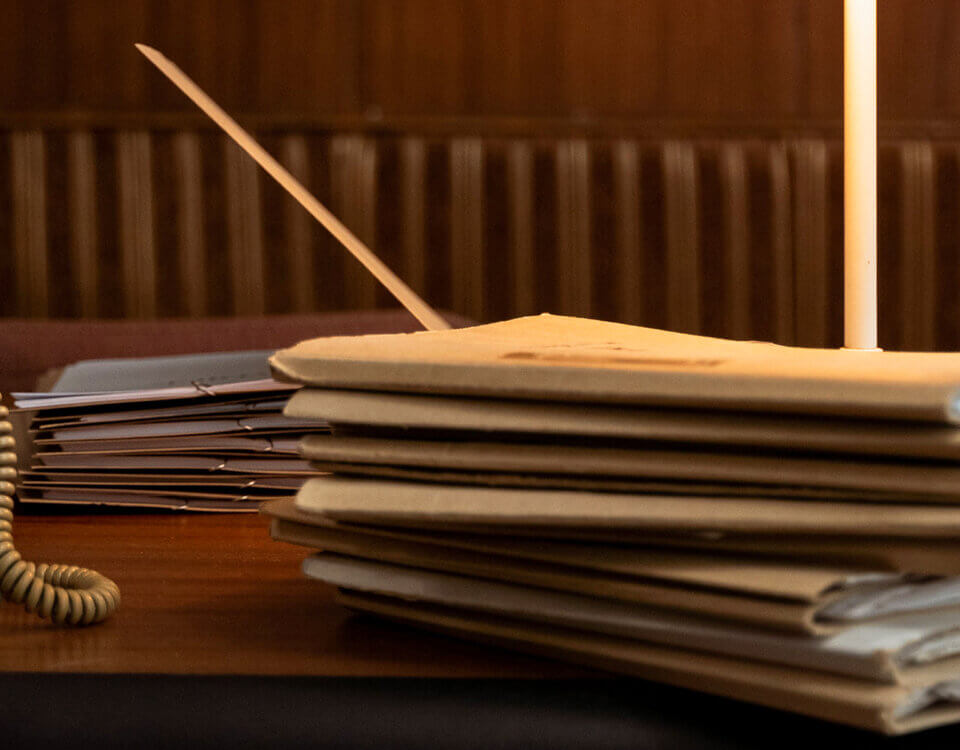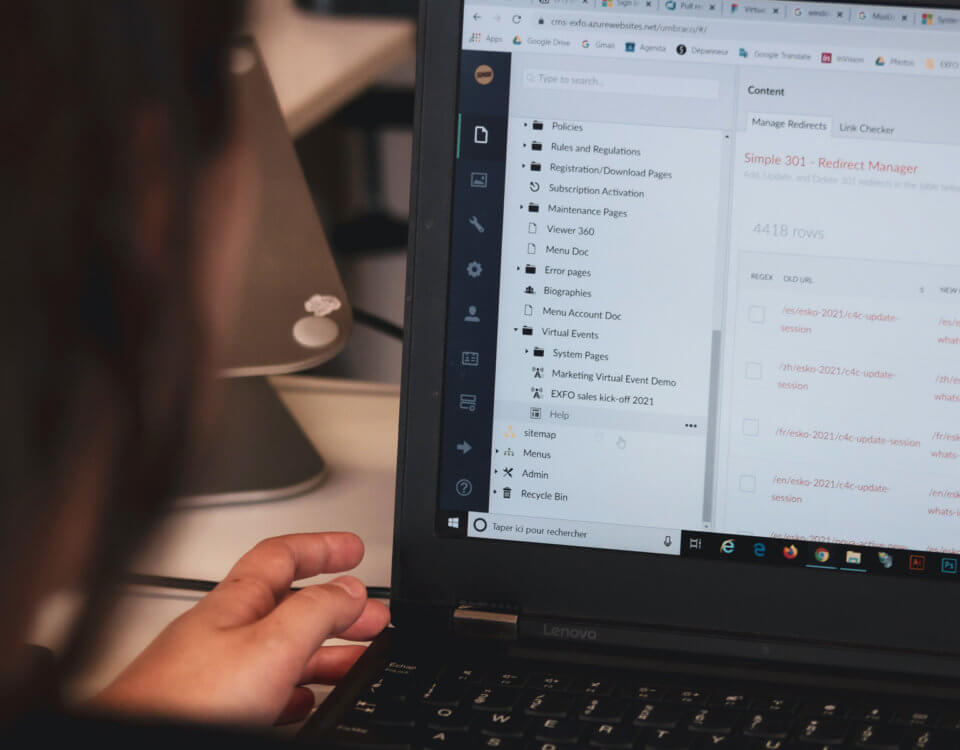
Our Lockdown Story
April 16, 2020
The Move To Clockify
October 16, 2020
It is a well- known fact that taking notes in a meeting, work or client related, is key in any world of business. It is an assistance and reference tool to information discussed in these meetings and helps us to navigate ourselves on certain subjects and serves as daily reminder on tasks that need to be done.
In the web development and design industry, it is no different.
In this blog, I am going to share a few tips on how you can keep notes on your daily tasks and projects.
1. Always keep your notes organized
When you are attending a meeting, face to face, via Microsoft Teams or receiving a client’s request via email, you’re listening ability and or interpretation is key in order not to miss important instructions or material fact.
If you are typing your notes on a laptop or tablet, you will just need to organise your files in an order and location easy enough to access and remember.
If you’re like me, you will be taking notes via the old-fashioned way – Paper and pen.
According to The Pen Is Mightier Than The Keyboard, a study done by Pam A. Mueller and Daniel M. Oppenheimer, traditionally taking notes is more effective than on digital devices and it improves the processing of information.
If you write down all of the necessary information, be sure that it is written on a notebook or an average A4 writing book for ease of reference and not on loose paper. This will ensure no displacement of notes.
Whether you keep your notes digitally or on paper depends on you. The most important factor for this step is organization.
2. Record your notes
The web development / design process can be quite a lengthy one. Depending on the project, it could range from a few weeks to half a year.
Hence the reason of utmost importance to state on record, when exactly you made your notes. This helps to narrow down your search if you want to review them when needed.
3. Prioritise important details
This step might be hard to follow since you’re not always sure what would be the most important. It varies from time-to-time and from client-to-client.
The most important thing is to ensure that you are listening with attention to detail and document as much as you can. This can range from action plans, burning issues and Q&A for relevant topics or projects.
Various note methods can be used, for instance The Mapping or The Boxing Method, to help you in your note-taking process. Everyone has their own method, so you might want to practice beforehand to see what method is the best for you.
4. Organise notes under different sections
As mentioned before, some projects can stretch up to a few months and by noting dates, it assists you to access these notes for ease of reference, much quicker. The same can be said for section headings.
As someone who has recently entered the web design/development industry, I found it quite useful to specify where all my notes belong. These sections can either be a heading of your task / project or it can be an entire page dedicated to that relevant topic.
I recommend pairing this step with the aforementioned second step. This helps narrow down the search for specific memo details.
5. Review notes after every meeting and request
This is one of the most important steps when writing down notes. If not properly reviewed, you might lose major elements of a meeting or request.
When you have a meeting with clients or fellow employees, it is imperative that you always need to check your notes. Even missing one sentence can be problematic.
To ensure that no misunderstandings or incomplete requests take place, you will need to check that all your notes make sense to all the material facts that were discussed.
I hope that these steps will help you improve your note-taking process and assist in future projects.
I wish you the best of luck.









